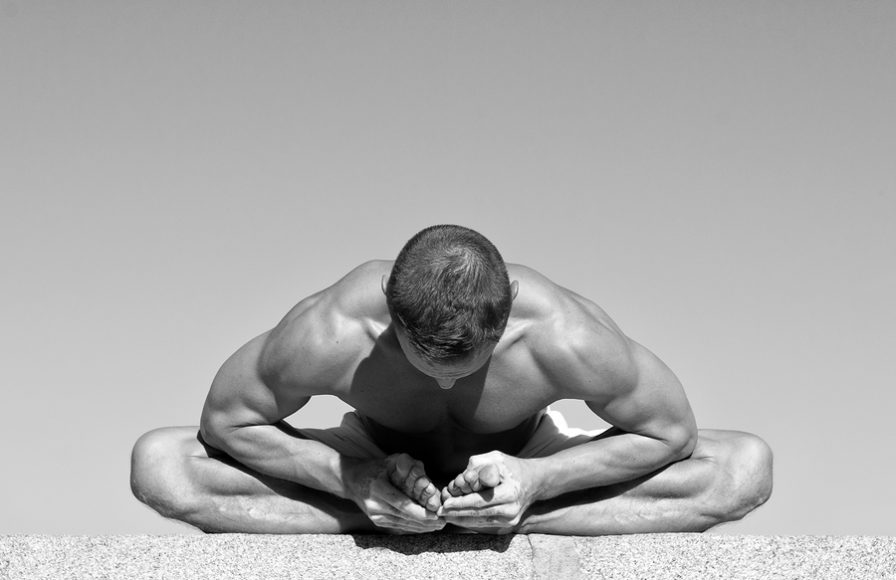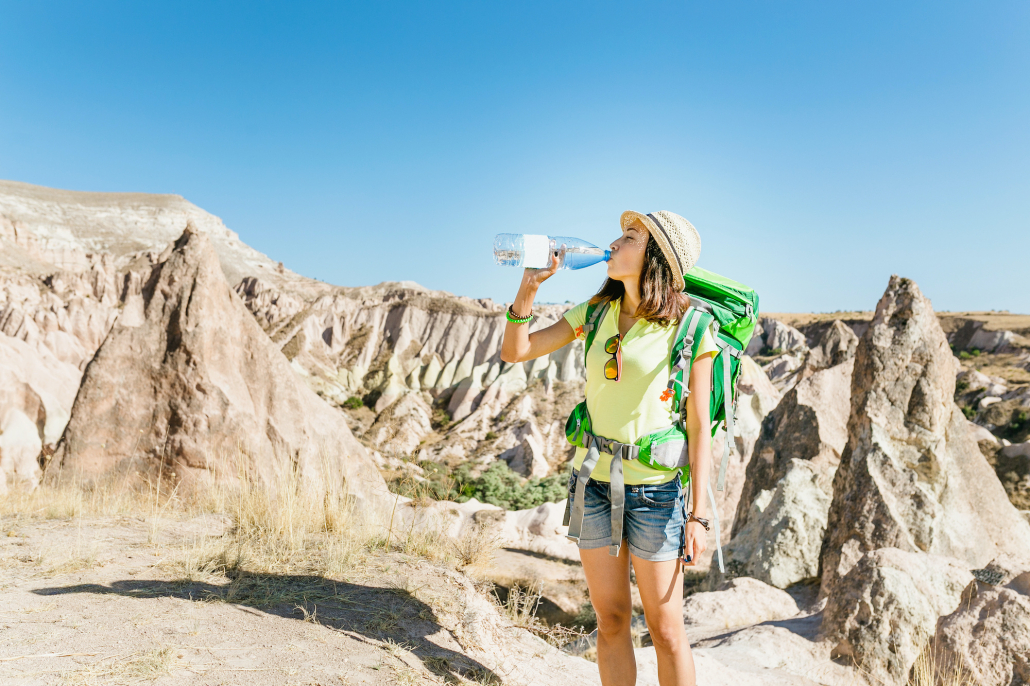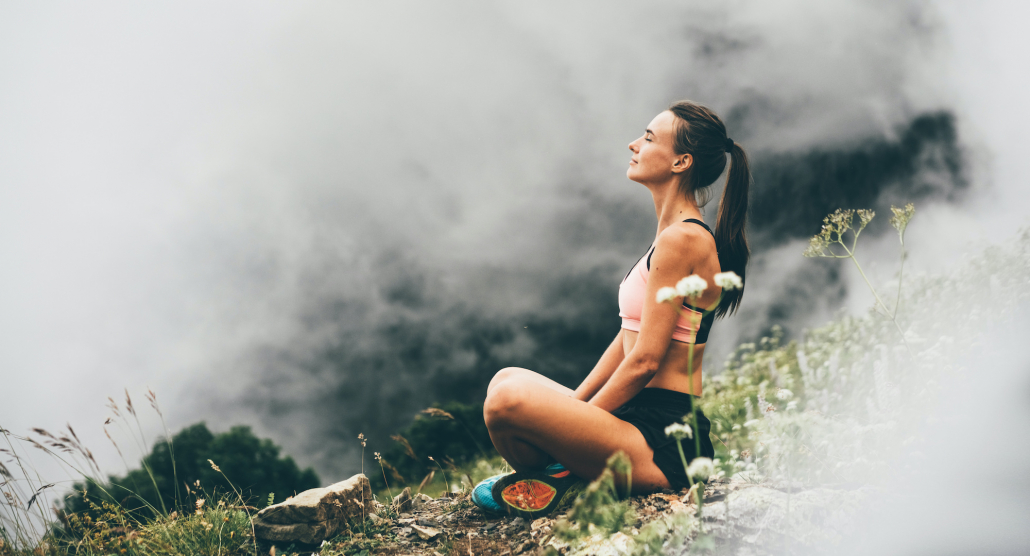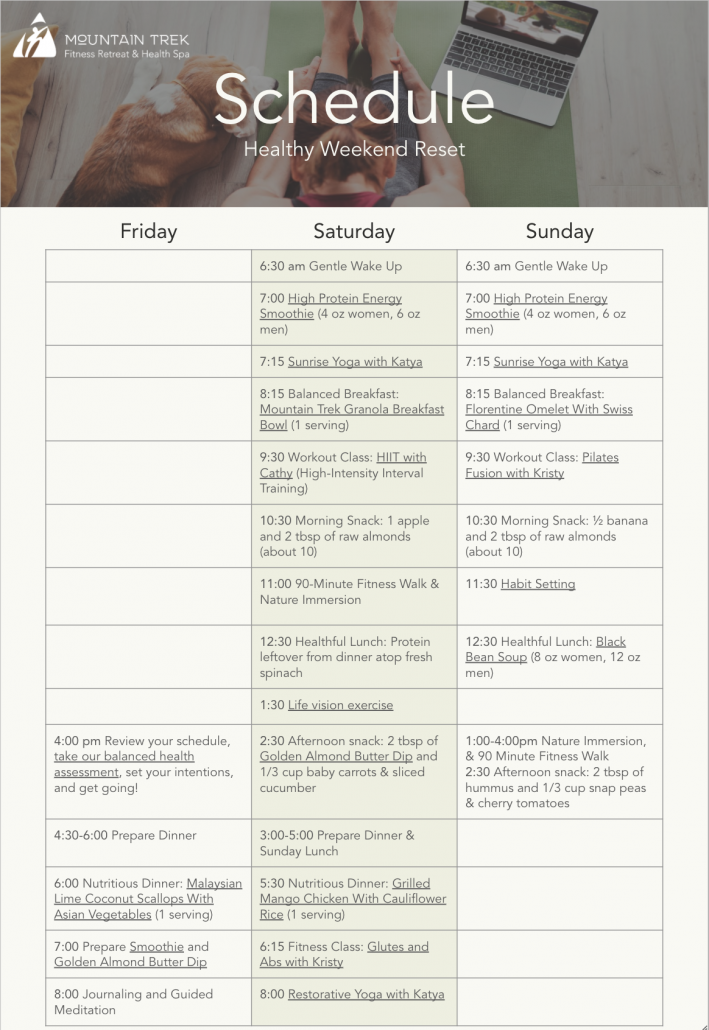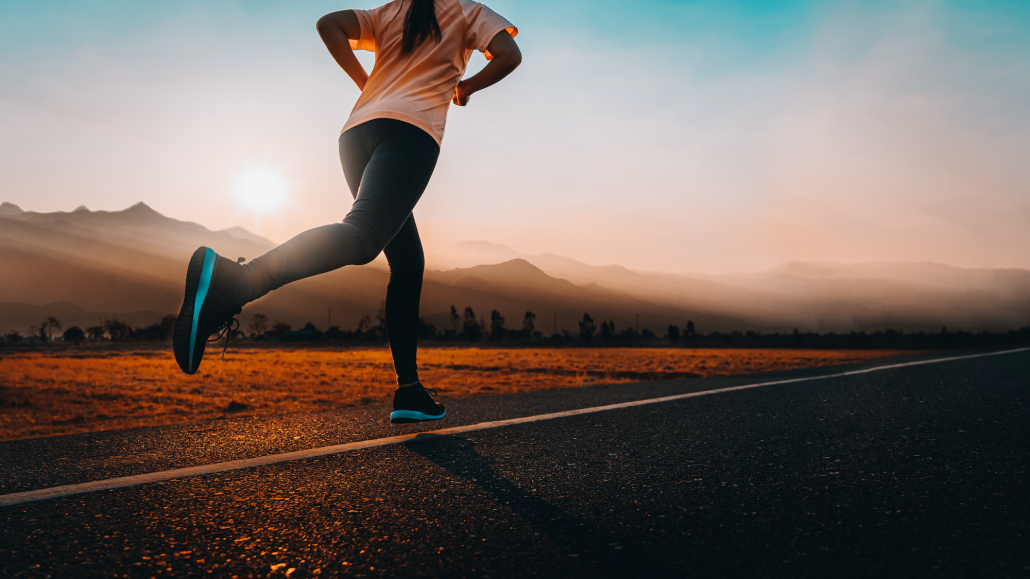How to detox daily weekly and annually
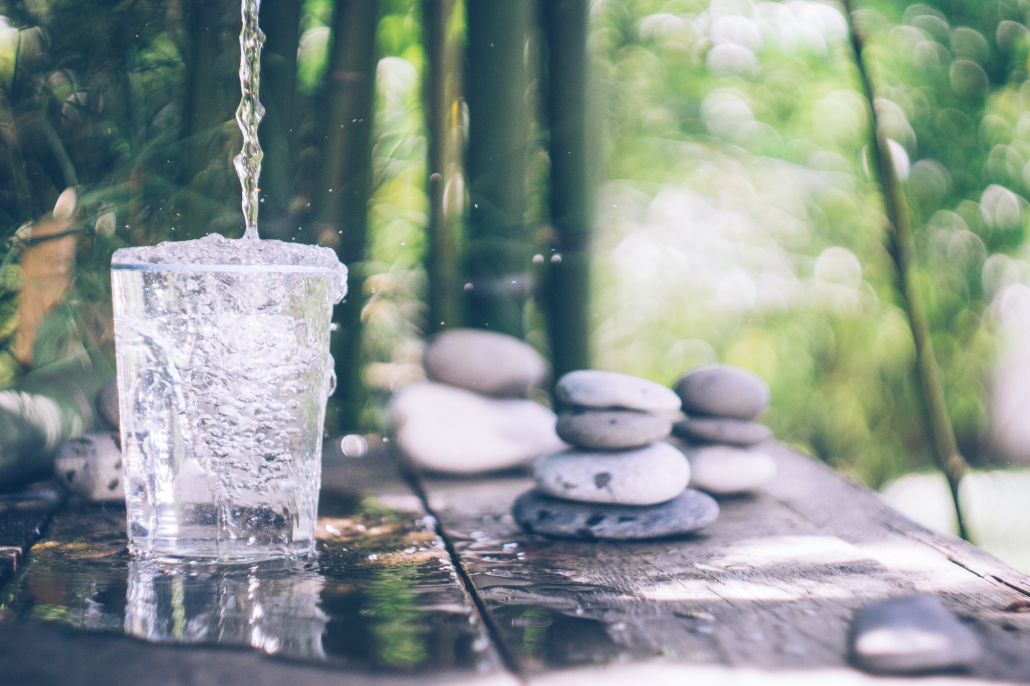
Q: How should I detox daily, weekly, and annually?
A: Before we just give you a list of “to do’s”, let’s look at the “why” we should detox.
From Mountain Trek’s perspective, detox practices are focused on supporting our natural eliminatory system in removing unwanted substances that put our cells and organs under stress. When certain chemical compounds (plastics, petrochemical substances, etc) or heavy metals (mercury, cadmium, barium, thallium, lead, etc) enter our body through the air we breathe, food we eat, liquids we drink, or by absorption through our semipermeable skin, our liver and kidneys work to filter them out of our blood and expel them by our breath, urine, feces, and sweat. This is a normal bodily function. However, we are currently taking in more toxins than ever before in our human evolution, and it’s taxing our systems to a point where we see hormonal disruption, inflammation, immune system disruption, allergies, and diseases like cancer, and dementia. A recent study by Harvard just proved that 18% of all global deaths can now be attributed to air pollution, specifically the burning of fossil fuels. This is significantly higher than predicted. Our natural systems cannot possibly keep up—we need to do everything we can to support the natural elimination systems.
Here are some ways we can detox daily, weekly, and yearly to support the release of these damaging substances:
Daily Detox Habits:
- Avoid or do your best to minimize contact and use of pesticides like glyphosate, plastics containing BPA and PFAS (Teflon), petroleum-based cosmetics, and cleaning products.
- Choose plant-based products over petroleum-based products, and purchase hypoallergenic unscented cleaners. Visit the Environmental Working Group’s website to learn more.
- The air in our homes is 2-5 times more polluted than outdoors (from chemical off-gassing of paints, carpets, building products). Go for an after-dinner walk and breathe deeply.
- Drink 8 x 10oz glasses of plain filtered water (more if sweating) to help flush the kidneys and keep the bowels moving. Maintain urine color that is pale apple juice.
- Eat fiber-rich foods and as organic as possible (veggies, fruit, complex carbs) to feed the gut biome and sweep the bowels clean targeting a minimum of 1 bowel movement per day.
- Include pre and probiotics to keep up a healthy functioning intestinal tract ecosystem.
- Choose animal protein sources that are wild or organically grass-fed and minimize large and aqua farmed fish to avoid mercury and grain-fed pesticides.
- Eat natural chelators like cilantro, garlic, wild blueberries, chlorella or spirulina algae, and Atlantic dulse seaweed. Chelators bind to heavy metals and take them out of the intestinal tract.
- Intermittent Fast (no food for 12 hours between dinner and breakfast) to aid cells in the anti-inflammatory function of recycling and energy production rest called autophagy.
- Exercise daily to increase blood, lymph, and digestive/eliminatory movement, targeting enough movement to equate to 10,000 steps.
- Yoga stretches, twists, and inversions help squeeze and bring circulation into our organs and increase the flow of lymph drainage.
- Soak in a hot tub with Epsom salts (magnesium sulfates, but not from China) to draw toxins out through the pores in your skin and rinse with a cold shower to increase blood circulation.
- Take a daily Omega-3 supplement. Omega-3 fatty acids are able to modulate PM2.5 induced oxidative stress by increasing the activity of antioxidants in the fluid lining our respiratory tract.
Weekly Detox Habits:
- Be “alcohol-free” for a day or two to give the liver an anti-inflammatory break from metabolizing it from ethanol to acetic acid.
- Get a full body massage and include lymphatic drainage techniques to support your immune system’s removal of biotoxins and waste.
- Dry brush your skin to unplug sweat glands and sebaceous glands from dead skin and skin lotion accumulation to aid sweatings release of toxins.
- Sauna, steam, or mineral spring soak to support toxin elimination through sweating and osmosis. Don’t forget the cold plunge or rinse for added circulation benefits.
- Exercise in nature with a walk or fitness hike to breathe fresh highly oxygenated air for 90 or more minutes.
Annual Detox Habits:
- In concert with a Naturopathic Doctor and your MD (found at Functional Medicine or Integrated Health Clinics), consider a water or vegetable juice fast or herbal cleanse to tone liver and kidneys and deeply clean the intestines.
- Again, if tested by a doctor for heavy metal toxicity, one could do a deeper chelation protocol with an intravenous ‘push’ of vitamin C.
We hope these tips help you on your journey to a healthier, less toxified, self.
What is Mountain Trek?
Mountain Trek is the health reset you’ve been looking for. Our award-winning hiking-based health retreat, immersed in the lush nature of British Columbia, will help you unplug, recharge, and roll back years of stress, anxiety, and unhealthy habits. To learn more about the retreat, and how we can help you reset your health, please email us at info@mountaintrek.com or reach out below:


